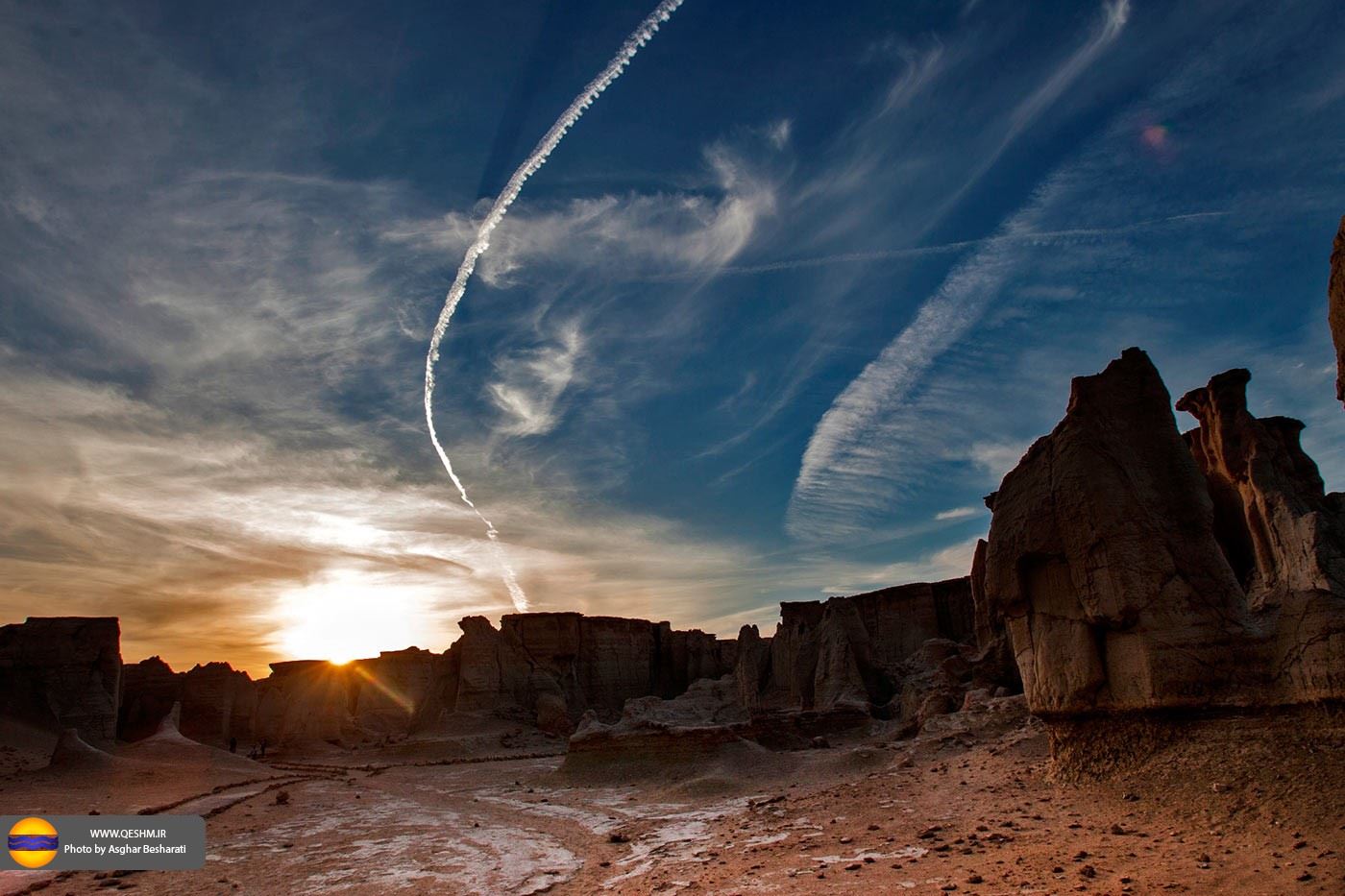Four years after losing its place on the Global Geoparks Network, Qeshm Geopark has managed to reclaim its global status, which is the only geological site in the Middle East to enjoy such a distinction.
The decision was made on Friday after 10 days of deliberation by UNESCO's Executive Board in Paris. Seven other geological sites were also added to the list, according to a press release on GGN's website.
Morteza Sheikhzadeh, director of the International Affairs and Public Relations Office at Qeshm Free Zone Organization, confirmed the news to reporters on Friday evening.
"We received the official approval a few hours after the executive board reached the decision," he said.
Qeshm Geopark will be a UNESCO site until 2020 when its membership will be reviewed.
"It's standard procedure," Sheikhazeh added.
Initially added to the coveted network in 2006, Qeshm Geopark was dropped from the GGN in 2013 due to the authorities’ failure to address the site’s problems, such as underdeveloped infrastructure and unenforced environmental regulations.
After years of back and forth and discussions with UNESCO experts, Iranian authorities submitted the geopark's dossier for review last year and it received the provisional approval during the Seventh International Conference on UNESCO’s Global Geoparks Network in Torquay, England, held on Sept. 27-30, 2016. The decision was finalized on May 5.
Describing Qeshm as "an island shaped like a dolphin in the Strait of Hormuz, off the southern coast of Iran", the press release on GGN's website points to the island's geological formations that have been shaped by erosion that created "a range of spectacular landscapes and beautiful rock deserts".
One of Iran’s seven free zones, Qeshm Island is a top holiday destination and a treasure trove of natural and ecological attractions in the Persian Gulf. It is also the largest island in the region.
Aside from the geopark, sun and sandy beaches, the island’s famed mangrove forests in the Hara Protected Area attract a large number of domestic and foreign tourists.
Hara Protected Area is one of the five forests in Hormozgan Province and arguably the most important feature of Qeshm Geopark. With an area of 85,686 hectares, Hara is a UNESCO Biosphere Reserve.
The ecological importance of the forests has compelled local officials to build a new museum dedicated to showcase the woodland’s ecological features.
Aside from Qeshm Geopark, UNESCO's Executive Board endorsed the addition of Arxan and Keketuohai (China), Causses du Quercy (France), Cheongsong (South Korea), Comarca Minera, Hidalgo (Mexico), Las Loras (Spain) and Mixteca Alta, Oaxaca (Mexico) to the network.
These eight sites increase the number of global geoparks to 127 in 35 countries.



